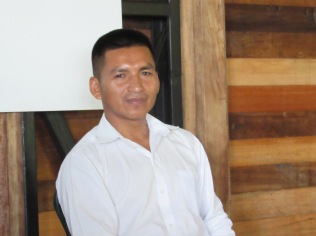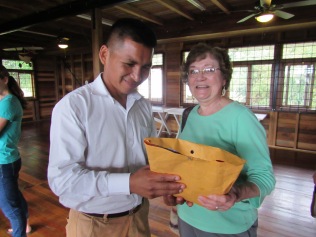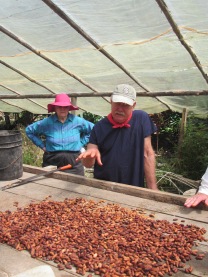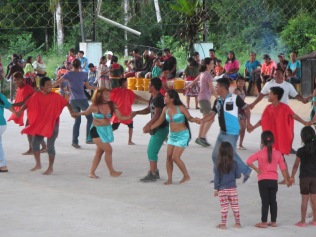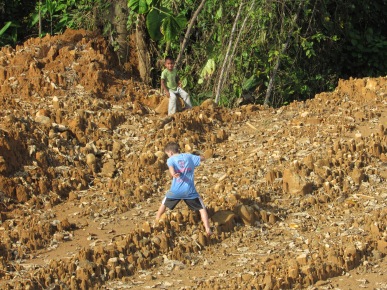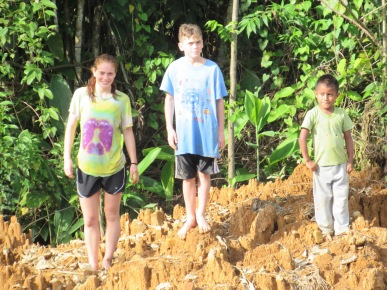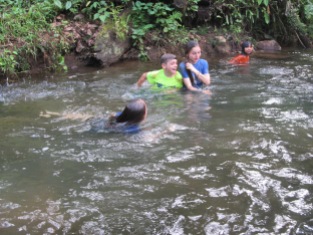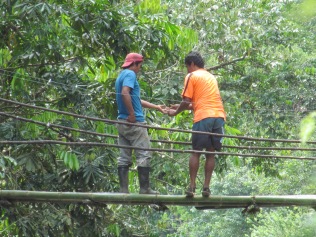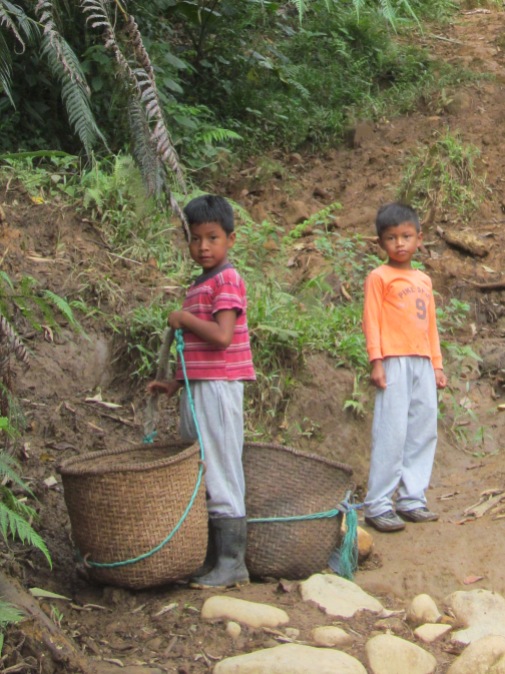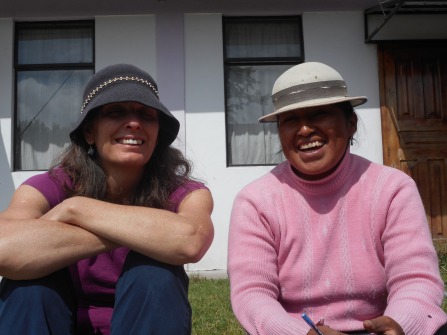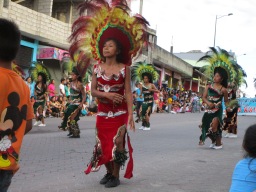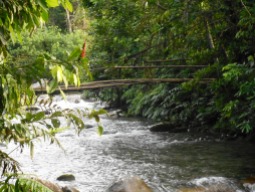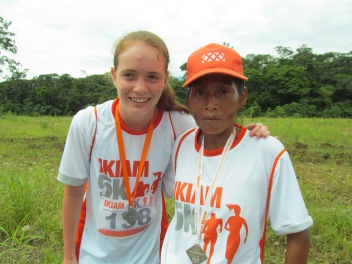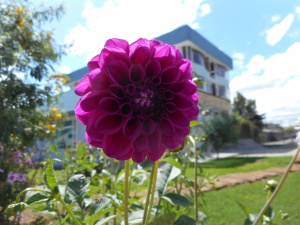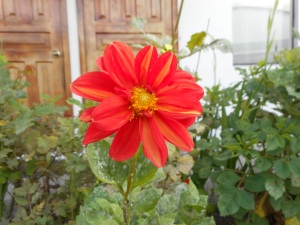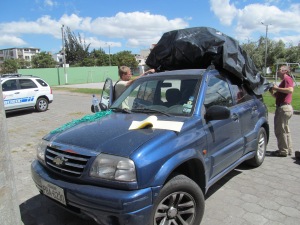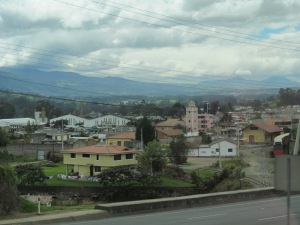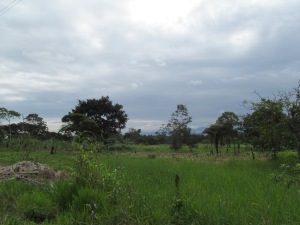We continue to ask ourselves the question, “Is God calling our family to work among indigenous people in South America?”
We often wonder about the connection between the northern and the southern parts of the American continent. We wonder if we could be part of a north-south mission to: (1) Accompany indigenous brothers and sisters in the South as they discover God’s presence in their lives, helping uncover the understandings gained through God’s general revelation and sharing stories based on scripture in a mutual search for fresh interpretations and contextualized applications of Christ’s special revelation; and (2) Revitalize the spiritual quest of Christians in the North by sharing stories rooted in the perspectives of the women, men and children of the South. We believe that indigenous peoples living in the South offer a unique image of God which, if shared openly in the North, could enrich the faith of Christians in both continents.
OUR VISION FOR CONNECTING WITH INDIGENOUS BROTHERS AND SISTERS IN THE SOUTH
Stories are a powerful means of communicating ideas, in particular among people steeped in the oral tradition. We have recently begun adapting the Godly Play method of recounting Biblical narratives for use in a cross-cultural context. Godly Play assumes that people already have some experience of the mystery of the presence of God in their lives, but acknowledges that we often lack the language, permission or understanding to express and enjoy God’s creative presence. People are invited into parables, contemplative silence, sacred stories and liturgical actions to discover God, one another and the sacredness within that also permeates the world around us. It supports, challenges, nourishes and guides people in their spiritual quest.
The Godly Play model was originally developed for children. Over the past two years Jane has adapted it for use with college students during weekly gatherings in our Lima home as well as indigenous people on visits to communities in the distant provinces of Peru. These include Tampe, a small Awajun (Aguaruna) village in the Amazonian region and Colquemarca, a Quechua-speaking town in the Andean highlands. The stories were told in Spanish and translated into the native indigenous languages by locals. The wondering questions which followed gave those in attendance a chance to reflect and share their own interpretations of the stories. We were encouraged when church leaders remarked afterwards that the telling of the stories and the opportunity for people to wonder together connected particularly well with the indigenous participants, communicating on a heart level in a unique and profound way.
OUR VISION FOR CONNECTING WITH OUR BROTHERS AND SISTERS IN THE NORTH
Story telling is a powerful tool in a North American context as well, a culture steeped in the written word and the application of electronic communication technology. We wonder if applying the Godly play model to the telling of untold stories and Biblical insights from indigenous people in the South could help facilitate a revitalization of faith in the North. We believe the model’s simplicity, its focus on timeless stories and its engagement of different senses could offer profound shifts in thinking and foster spiritual development in in-person church settings.
Further, we wonder if we could disseminate the indigenous stories and insights more broadly to members of our highly-literate, high-tech culture by writing original stories and posting blog entries in English for exposure to a wider audience. We have written a blog about our family’s and students’ experiences in Peru for Goshen College for several years. Descriptions of our visits to Tampe and Colquemarca referenced above can be found by clicking on these links: (http://www.goshen.edu/peru/2012/09/05/renewal/)
(http://www.goshen.edu/peru/2013/02/06/village-life/)
On our most recent visit to Ecuador Jerrell wrote a story about a fictional missionary family for our daughter, Naomi, that made him wonder whether other children in the US might benefit from hearing stories set in the South. We would hope that the telling of their stories would validate the experiences and insights of people in the South while both challenging and bringing encouragement to those in the North as together we hear God’s voice more clearly. We imagine ourselves being facilitators, telling the untold stories of the indigenous of the South, discovering what their stories mean for those of us living in the North and raising consciousness within our North American Mennonite faith community.
THE FEINE PROPOSAL
During a visit to the home of MMN workers César Moya and Patricia Urueña in Quito in August 2012, we discussed their development of Biblical, Theological and Pastoral training modules written with and for indigenous church leaders and published as 12 Cartillas de Formacion Biblica, Teologica y Pastoral by FEINE. We wondered whether our family is called to work with indigenous peoples in this capacity in the Ecuadorian rain forest. At a subsequent meeting with FEINE leadership at their Quito headquarters, we were presented with a proposal to utilize the modules to help run workshops to train church leaders, assist in the formation of new workshop facilitators and develop new booklets based on other themes. The proposal also included accompaniment work in the areas of community economic development and the formation of women leaders. We have translated the original proposal into English, entitled “FEINE Proposal.” We also followed up on FEINE’s suggestion to contact Clever Pachén, an indigenous pastor living in Shell, and heard about his current work with native youth and his vision for educating the next generation of leaders in what he termed the “whole gospel” – economic, political and spiritual dimensions of Christian formation.
We consider the Biblical, theological and pastoral training work proposed by FEINE, the vision for indigenous youth development proposed by Pastor Pachén and the story telling model we have outlined above as complimentary and integral. All three pieces could fit together into a cohesive mission. We wonder whether God is calling us to this mission.


